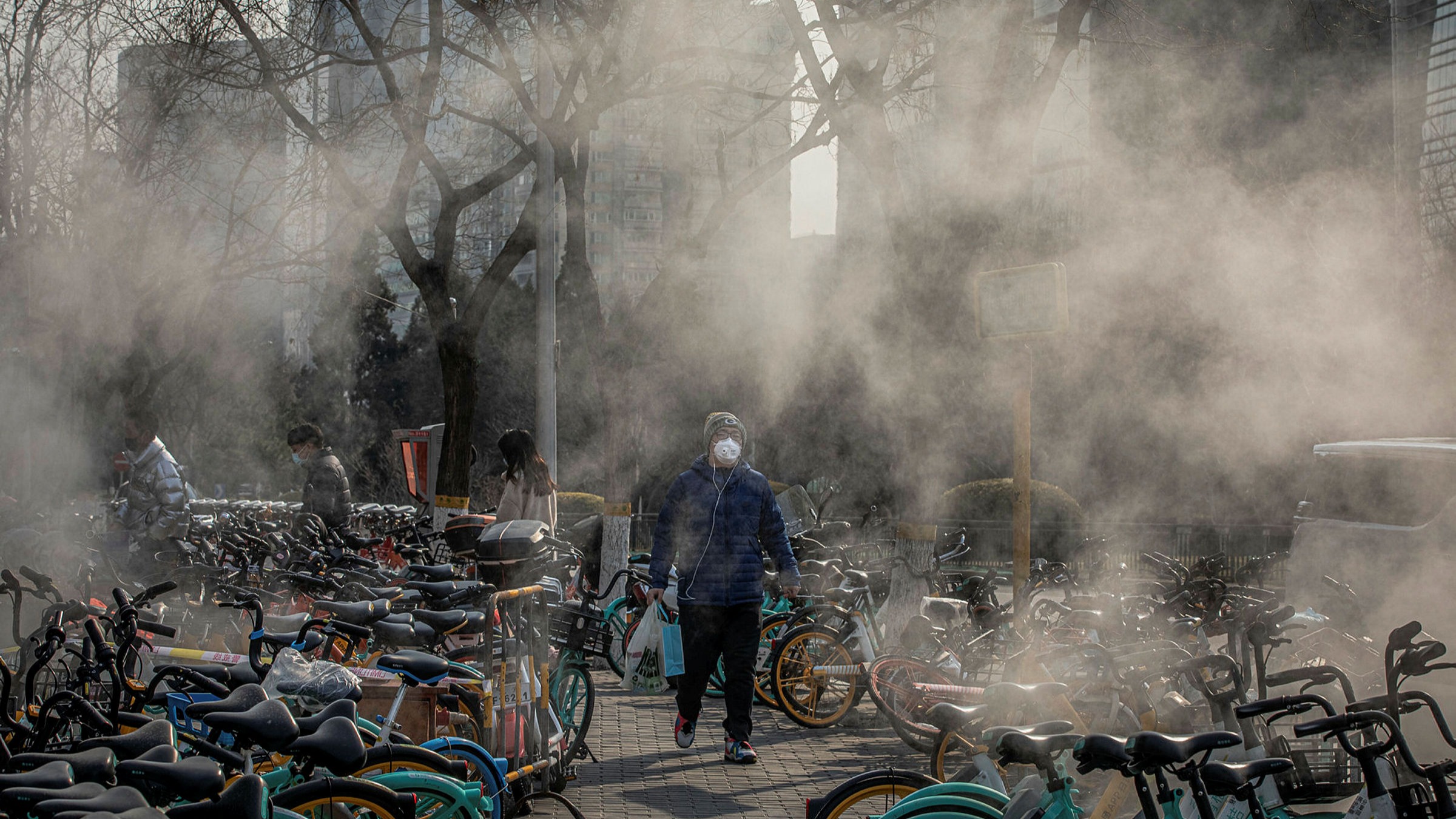

China pledged to cut “carbon intensity” – the amount of CO2 emissions it produces per unit of GDP - by 40%-45% from 2005-2020 as part of the global climate change pact it signed in Paris in 2015.
The world’s biggest greenhouse gas producing country had been on course to reach its target at the end of last year, prompting calls for Beijing to set more ambitious goals.
But experts say the economic damage done by the pandemic - especially to the less carbon-intensive service sector - has made the target far harder to meet.
“We had thought it wouldn’t be a problem for China to meet the carbon targets if previous efforts continued to be carried out,” said an expert at a think tank affiliated with China’s state planning agency, the National Development and Reform Commission (NDRC).
“But the coronavirus outbreak and the approaches to economic stimulus may bring uncertainties,” said the expert, who declined to be named as he is not authorised to talk to the media.
In its own five-year plan, China pledged to cut carbon intensity by 18% from 2015 to 2020, and energy intensity - the amount consumed per unit of economic growth - by 15%.
By last year, energy intensity had fallen 13.2% compared to 2015, according to Reuters calculations based on official data.
China had also slashed carbon intensity by 18.4% compared with 2015 and by more than 45% compared with 2005, putting it on course to meet its own target as well as its Paris pledge.
But there are already signs China is turning to “dirty” industries and investments to kickstart its economy, which slowed for the first time in decades in the first quarter.
More heavy industrial output and infrastructure construction over the rest of the year, combined with a weakened service sector, will raise the amount of CO2 produced per unit of GDP growth, analysts say.
Guest post from Reuters




